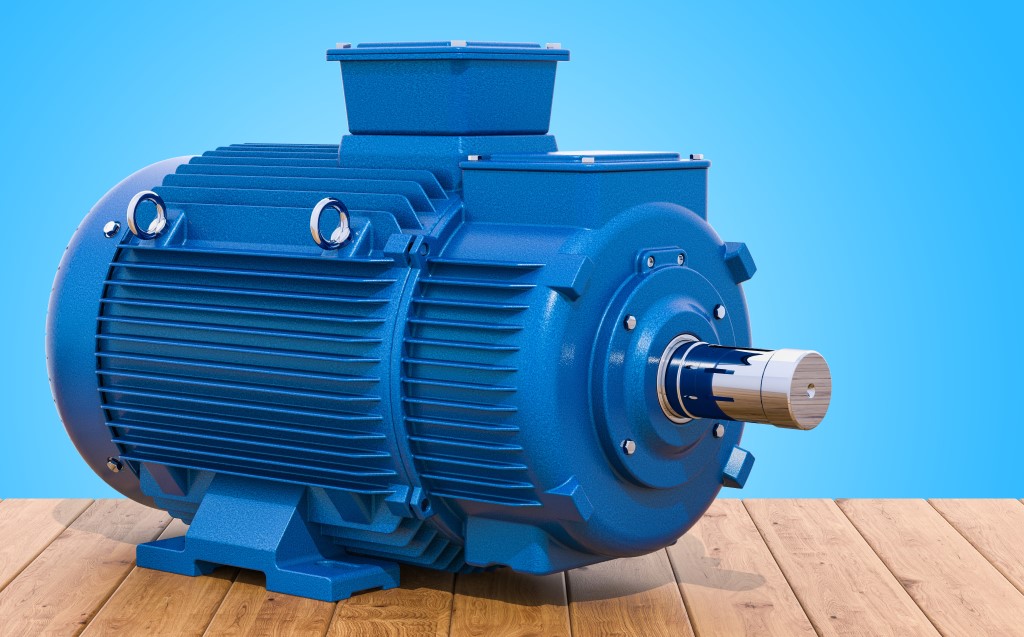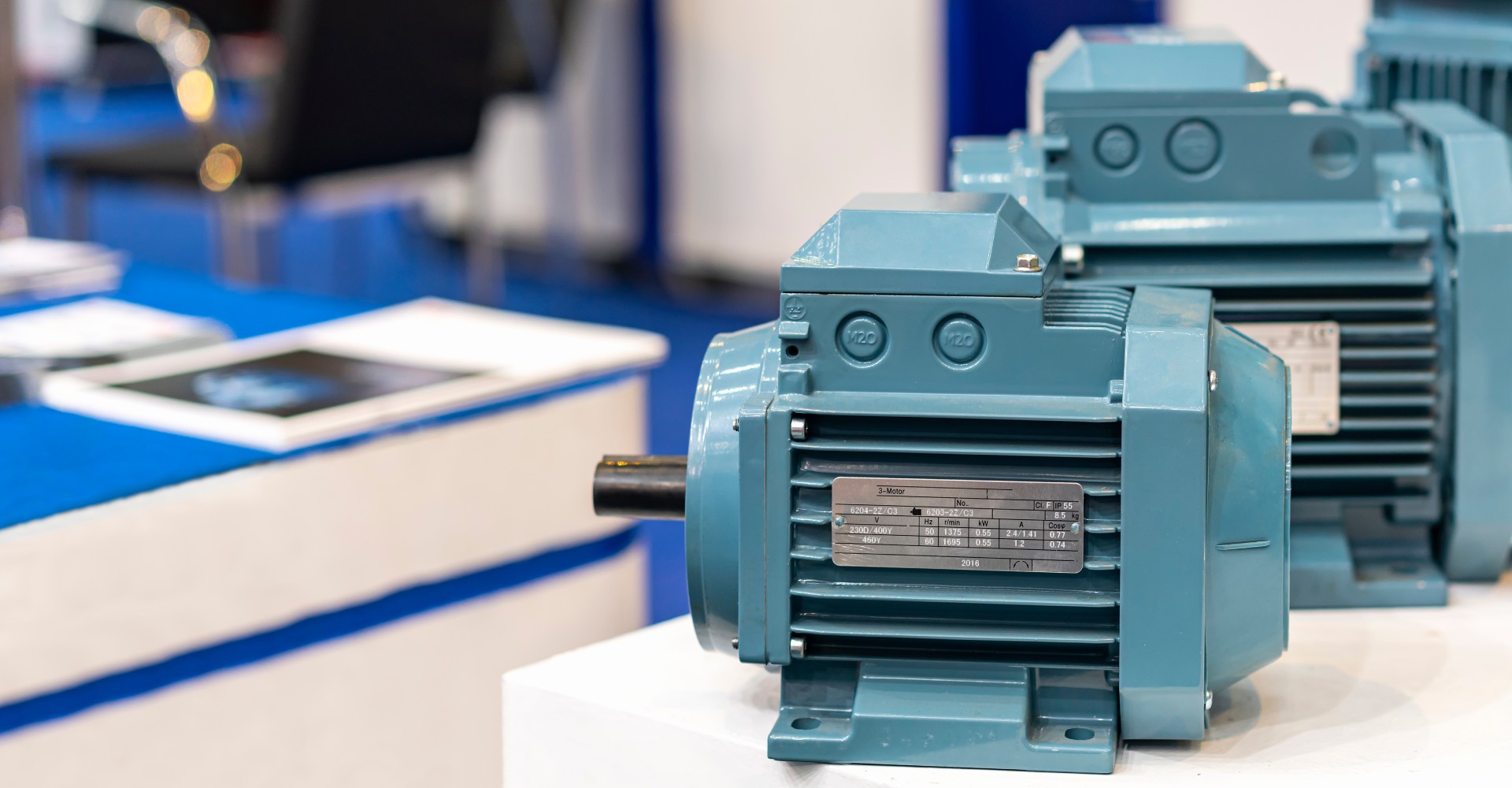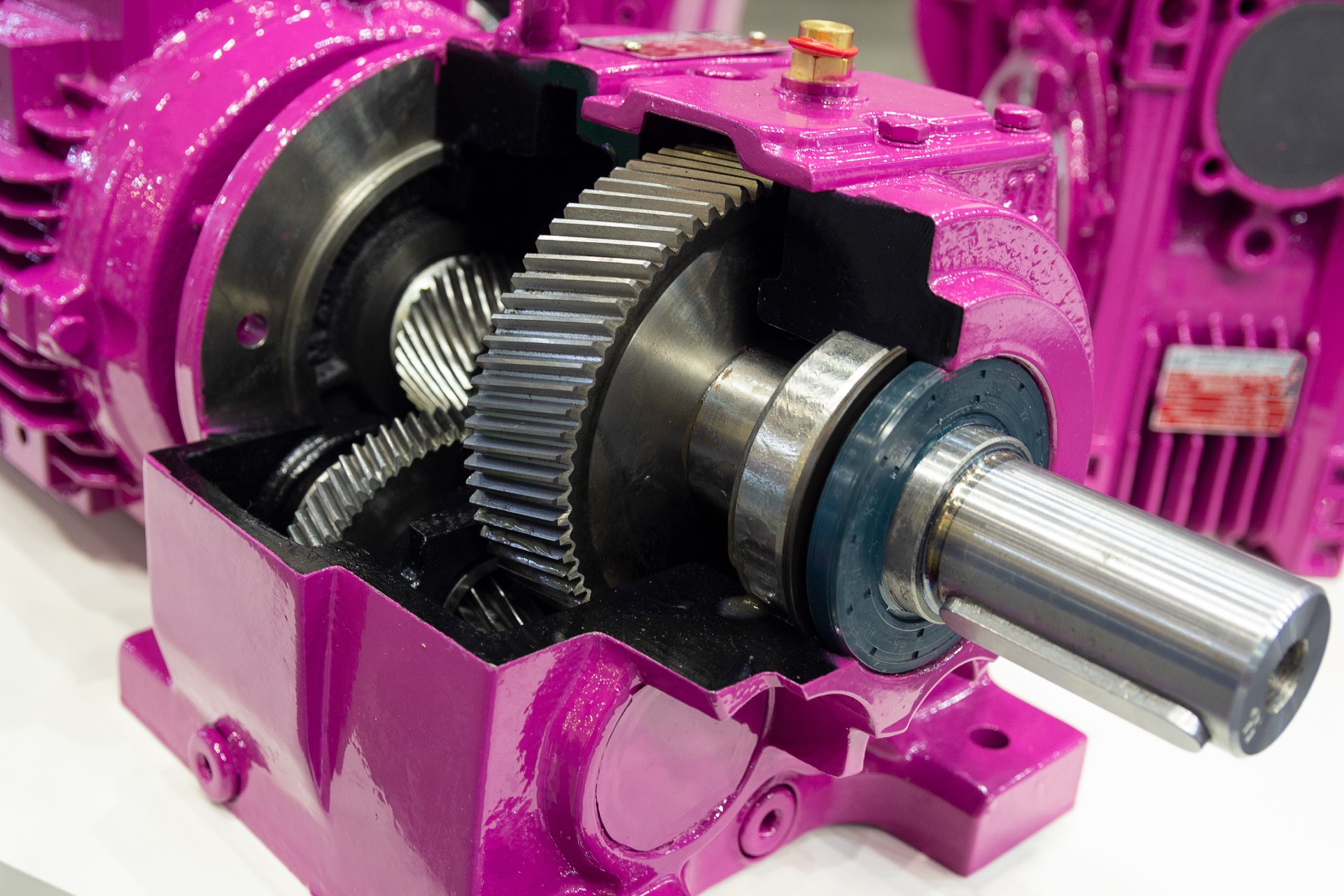At Omnifab, winding is one of the many operations we perform to repair electric motors. Always eager to share our knowledge with our customers, we’ve decided to introduce you to some basic concepts about electric motor winding. But first, let’s take a look at what an electric motor coil is.
The Coil of an Electric Motor and Its Function
The coil of an electric motor is an electromagnetic component that generates a magnetic field when an electric current flows through it. It typically consists of a metal wire wound around a core made of a magnetic material (often iron or steel). The wire used for the coil must be conductive and heat-resistant, as it is exposed to high temperatures during motor operation. Various types of conductive wires are used in motor winding, including copper, aluminum, and brass. In an electric motor, coils are generally placed in either the stator (the stationary part) or the rotor (the moving part) and are supplied with electric current to generate the magnetic field needed to rotate the rotor. Coils are thus a key element of electric motors, and their design and arrangement are crucial for ensuring efficient and reliable motor operation.
Need Winding or Rewinding? Our Experts Ensure Top Performance!
Different Types of Coils
There are several variations of electric motor coils, each with specific characteristics and advantages. Here are some examples:
- Concentric winding coil: This is the most commonly used type of coil in electric motors. The wire is wound in concentric layers around a magnetic core.
- Cross-wound coil: Used in motors that require high power and torque. The wires are wound diagonally to increase wire density and power.
- Squirrel cage winding: Used in induction motors, consisting of an iron core with copper or aluminum bars inserted into the slots.
- Bifilar coil: Used in DC motors, consisting of two wires wound together to create a stronger and more uniform magnetic field.
- Double-layer winding: Found in low-power motors, featuring two layers of wire wound on top of each other to increase wire density in a limited space.
Definition of Motor Winding
Now that you know what a motor coil is, you can guess that winding is one of the most critical processes in manufacturing or repairing an electric motor. It involves creating the motor’s coil or rewinding it when the original one is damaged.
Steps of the Winding Process
Motor winding is a complex technique that requires great precision and a deep understanding of electromagnetic principles. In other words, it’s best to let our electric motor specialists handle this task rather than attempting to do it yourself. This way, you won’t risk damaging your motor.
- Core preparation: Before winding begins, the core must be thoroughly cleaned to ensure proper wire adhesion.
- Coil dimension calculation: The size of the coils must be determined based on the motor’s specifications, such as the number of poles, voltage, and current. The coil dimensions affect the motor’s performance, so precise calculations are crucial.
- Wire winding: Once the coil dimensions are determined, the wires are wound around the magnetic core in a specific pattern to form the coil. The wires must be tightly wound and properly aligned to ensure optimal motor performance. This step can be greatly facilitated by using a winding machine.
- Connecting the coils: After all coils are wound, the wires must be connected to each other to form the motor’s electrical circuits. This is a crucial step that must be done precisely to ensure proper motor operation.
- Inspection of connections and coils: After winding and connecting the wires, each coil and connection must be checked to ensure they are correctly installed and functioning as intended.
When Should an Electric Motor Be Rewound?
Motor rewinding may be necessary for various reasons, such as when the coil insulation deteriorates, the windings suffer mechanical damage, or the motor’s operating specifications change. Here are some signs that may indicate a rewinding is needed:
- Decreased performance
- Unusual vibrations and noises
- Motor overheating
- A burning smell
- A detected short circuit
It is important to note that electric motors should undergo regular maintenance to prevent failures and extend their lifespan. Preventive maintenance can help detect potential issues before they turn into major failures requiring rewinding.
Trust Our Experts with Your Electric Motor Repairs
In conclusion, we hope this article has satisfied your curiosity about electric motor winding. If you want to learn more, don’t hesitate to contact us. Trust us with the maintenance and repair of your industrial motors for reliable, long-lasting performance. Whether for emergency repairs or scheduled maintenance, our service is always fast and efficient.




